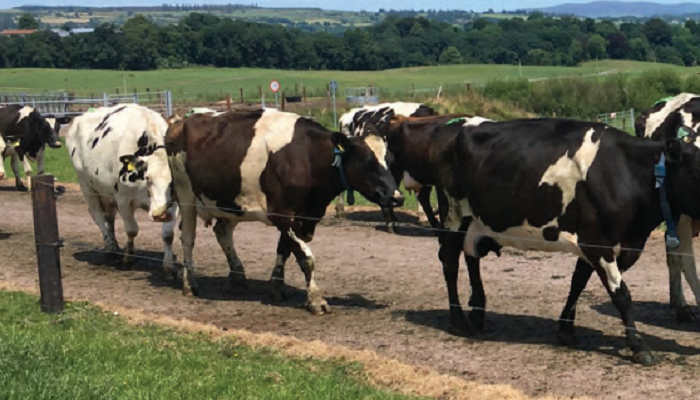02 May 2023
Managing late-calving cows to shorten calving interval

The management of late calvers is something that needs to be given some thought in order to avoid them calving late again or not at all. The bulk of herds will commence breeding in late April / early May, there will be a number of herds that will commence breeding earlier.
Cows need recovery time post calving. Ideally, this voluntary waiting period as it is known would be 42 days or six weeks. That means that a cow that calves just before the breeding season commences will not be bred until there are six weeks of the breeding season passed. This gives her potentially two chances of getting in calf again before the breeding season ends in the typical 12-week breeding season. Consider the May or June calving cow of which there are quite a few. 10-15% of the national herd calve six weeks into the breeding season.
There are two ways to deal with late calvers to get them back in calf quicker than would otherwise happen;
1. Once a day milking (OAD)
Milking late calvers once a day from calving until they are bred or until they are deemed to be in calf (three weeks post first service) works on the principle of reducing the demands of milking twice a day. Cows continue to run with the main herd, are fed as normal with the main herd but are only milked once each day. The reduced energy demand of OAD allows these cows to begin their natural reproductive cycle quicker and will see them present for breeding in a shorter time period than if milking twice daily. OAD increases their chances of conception to first service also, again due to the reduced energy demand. While there is a loss of potential income in terms of reduced milk yield from these cows, it is less than 5% of the cost of replacing them should they fail to go in calf.
2. Hormonal intervention
Resumption of the cow’s cycle can be induced using the programme shown in Figure 1.
Figure 1: Fixed time AI synchronization protocol for non-cycling and late-calving cows
Cows still need to be calved a minimum 30 days before commencing this programme, but it does give excellent control over the breeding of these late calvers. Submission rate will be 100% and the timed AI element eliminates the requirement to detect these cows in heat, which can prove difficult as the breeding season progresses. It is vital that the programme is followed exactly as it is shown above otherwise it will not work as the timings of these injections are very important.
Whichever method you choose is up to you or you may decide to use both, but it is important to give consideration to later-calving cows if you want to retain them in your herd.
For more information on breeding management, click here.
Also read: Managing the dairy herd for a successful breeding season
Also read: Accelerating genetic gain in the dairy herd

